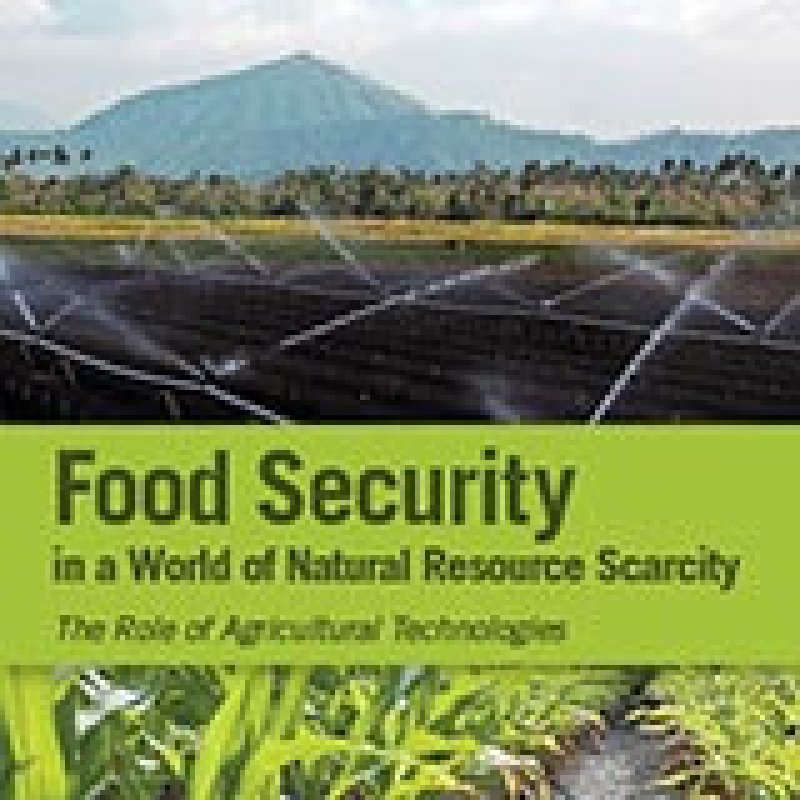A wealth of technologies is now at our disposal for boosting yields of the world’s key staple crops, in order to face the large demands on our food supplies by 2050. But how can we measure which ones will be most effective, when, and where? Which combinations of technologies will have the largest impact? Until now, policymakers have struggled to make informed decisions on how to boost productivity in their regions in the most sustainable way.
The book “Food Security in A World of Natural Resource Scarcity: The Role of Agricultural Technologies” launched today by the International Food Policy Research Institute (IFPRI) seeks to answer these questions. This ground breaking study divides the world’s arable land into a grid of 60 kilometre by 60 kilometre cells and shows how eleven different agricultural innovations might affect maize, wheat and rice yields by 2050 under climate change conditions. Through linking this yield assessment with a global economic model, the book also reports on technology impacts on food prices, trade and food security.
Read the full, original article: Mark Rosegrant: What is the Role of Agricultural Technologies for Global Food Security?
Read the IFPRI report: Food security in a world of natural resource scarcity































